
EU GPSR Regulation Effective December 13
GENERAL PRODUCT SAFETY REGULATION (EU) 2023/988 (GPSR)
Target Audience
Producers, importers in the EU/EEA, and their upstream suppliers
Covered Products
Consumer goods
Key Industries Addressed
Children's products, furniture, food contact materials (FCM), decorations
Publication Date
May 10, 2023
Effective Date
December 13, 2024
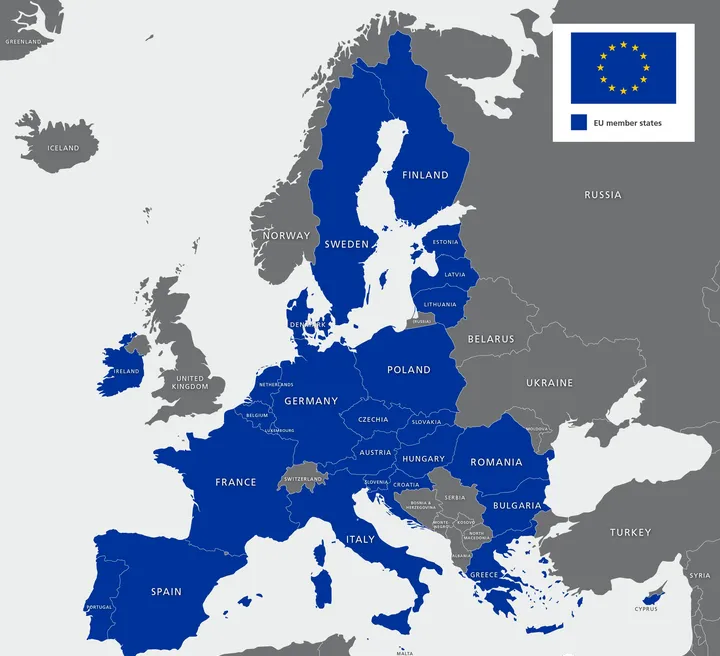
Main Content and Requirements
Starting December 13, 2024, products sold online or via other remote sales methods to EU consumers must include:
- EU manufacturer or EU importer (or the representative of a foreign company in the EU):
- Postal address
- Electronic address
- Warnings and safety information
For products sold on the EU market (unless governed by specific EU harmonized legislation), product labels must contain:
1. Postal address and electronic address:
- The electronic address must enable direct communication (e.g., email address or contact form on a website).
- Static websites or phone numbers do not qualify as electronic addresses.
- QR codes cannot replace postal or electronic address information.
Manufacturers and EU importers must conduct comprehensive safety assessments of their products, including:
- Physical, mechanical, cybersecurity, and chemical characteristics.
- Special consideration for children, the elderly, and persons with disabilities.
The following directives will be repealed effective December 13, 2024:
1. Directive 87/357/EEC (Imitation Food Directive)
2. Directive 2001/95/EC (General Product Safety Directive)
Scope
The regulation applies to products that are not covered by applicable EU directives or regulations for product safety.
If a product is subject to specific EU safety requirements, GPSR applies only to risks or aspects not covered by those requirements.
Products Excluded from GPSR
- Medicinal products for human or veterinary use
- Food
- Feed
- Live plants and animals
- Animal by-products
- Plant protection products (pesticides)
- Vehicles not intended for consumer use
- Aircraft (Regulation (EU) 2018/1139)
- Antiques
Products placed on the market before December 13, 2024, in compliance with Directive 2001/95/EC, are excluded from this regulation.
Examples of Products within GPSR Scope
1. Furniture (e.g., EN 12520 Household chairs)
2. Childcare products (e.g., EN 14350 Drinking equipment for children)
3. Clothing (e.g., EN 14682 Risks from cords and drawstrings)
4. Sports equipment (e.g., EN 14766 Mountain bicycles)
5. Imitation food items (e.g., cupcake-shaped candles; candle safety standards include EN 15493, EN 15494)
Partially Covered Products
- Toy clothing: Governed by the 2009/48/EC Toy Safety Directive, but not entirely covering chemical safety under REACH or drawstring hazards (e.g., EN 14682).
- Food contact materials: Governed by Regulation (EC) No. 1935/2004, addressing food contact safety but not physical safety (e.g., EN 12875-1, EN 12983-2).
How to Evaluate the Safety of Consumer Products?
When assessing product safety, the following factors should be considered:
1. European standards published in the OJEU
2. International standards and agreements
3. Voluntary certification schemes or similar third-party conformity assessment frameworks
4. Recommendations or guidelines on product safety evaluation from the European Commission
5. National standards in Member States
6. State-of-the-art technical or product safety standards enforced by the industry
7. Consumers' reasonable safety expectations
8. Safety requirements established by legislative acts from the European Commission
Responsibilities of Manufacturers and Importers
1. Conduct internal risk analysis and prepare a technical safety assessment document, which includes:
- Product description
- List of applicable European standards and other considerations
2. Retain the technical document for 10 years and provide it to market surveillance authorities upon request.
3. Ensure mass-produced goods meet general safety requirements.
4. Labeling and identification requirements:
- Name and trademark of the manufacturer or importer
- Postal address, electronic address, and phone number
- Model, batch, or serial number, or other elements to identify the product
5. Provide clear instructions and safety information in a language understandable to local consumers.
6. Notify the supply chain and authorities of hazardous products and take corrective measures (e.g., recalls).
7. Establish consumer communication channels for complaints and incident reporting and maintain a complaint log for no more than five years.
Responsibilities of Responsible Persons (for Remote Sales)
1. Ensure the products comply with general safety requirements and that manufacturers and importers meet the above obligations.
2. Retain technical documents and provide them to market surveillance authorities upon request.
3. Labeling and identification requirements:
- Manufacturer’s name, trademark, postal address, and electronic address
- For non-EU manufacturers, include the responsible person's name, business name, postal address, and electronic address
4. Provide warnings, instructions, and safety information in the local language.
5. Notify the manufacturer, importer, and relevant authorities of any incidents and take corrective actions (e.g., recalls).
Information Required in Technical Documentation
The technical documentation must include at least:
1. Name and address of the responsible entity or any authorized representative
2. Brief description of the product
3. Product identification, such as serial number
4. Name and address of facilities involved in the design and manufacturing of the product
5. Names and addresses of notified bodies involved in conformity assessment (if applicable)
6. Declaration of the conformity assessment procedure followed
7. EU declaration of conformity
8. Labels and user instructions
9. Statement of compliance with relevant regulations
10. List of technical standards used to ensure compliance
11. List of components
12. Test results
Risk Assessment Criteria
Risk assessments should address:
1. Intended use and foreseeable risks, including risks to vulnerable consumers (e.g., children, the elderly, and persons with disabilities).
2. Mechanical hazards, such as sharp points, edges, or small parts hazardous to children.
3. Loading and tipping risks, such as risks of falls or injuries.
4. Chemical hazards.
5. Fire and flammability risks.
6. Hygiene, particularly in materials that may promote microbial growth.
7. Electrical risks.
8. Cybersecurity risks.
Reference Link: https://eur-lex.europa.eu/eli/reg/2023/988/oj
Email:hello@jjrlab.com
Write your message here and send it to us
 Toothbrush FDA Certification Testing
Toothbrush FDA Certification Testing
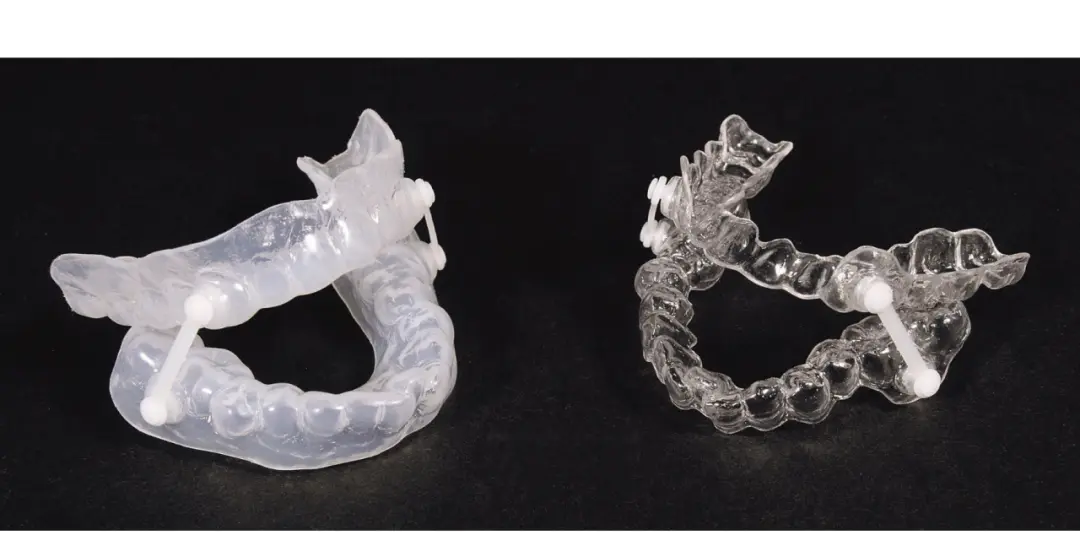 Snoring Device FDA 510k Standard Testing
Snoring Device FDA 510k Standard Testing
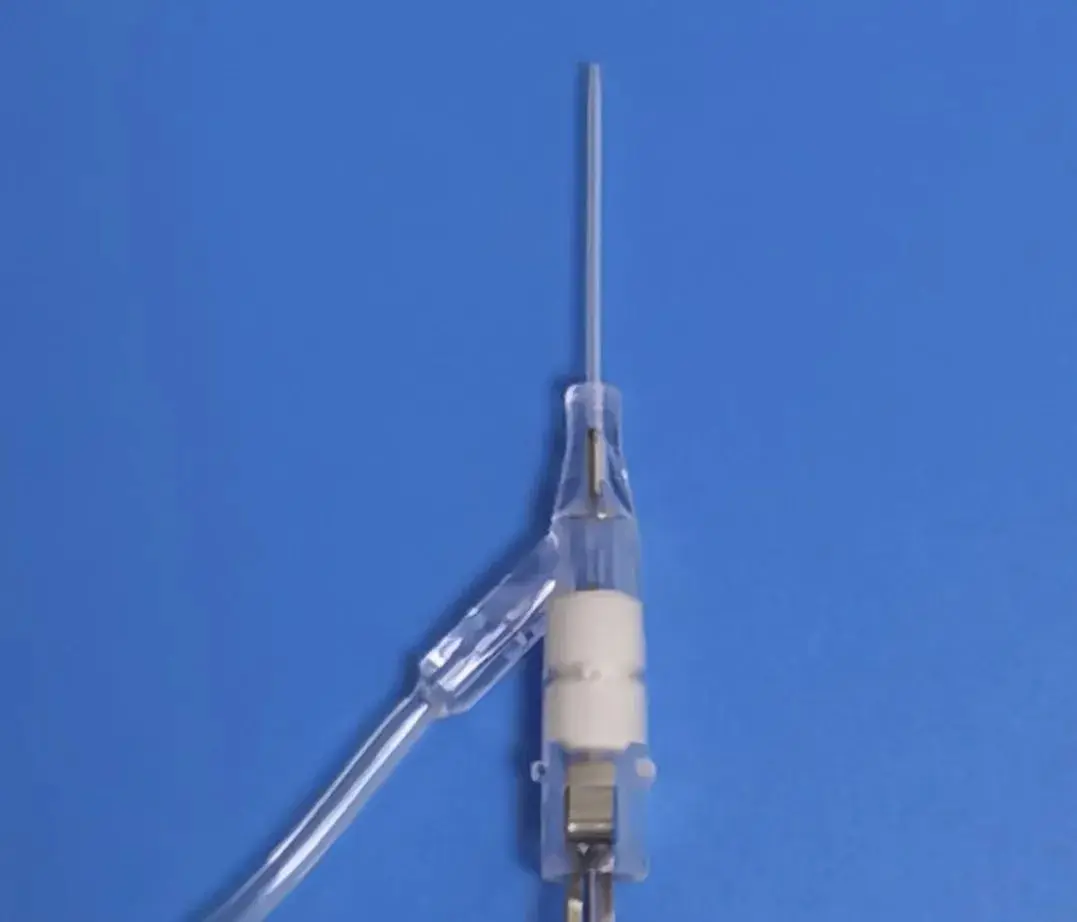 Single Use Intravenous Catheter Certification Test
Single Use Intravenous Catheter Certification Test
 Silicone Material Product Compliance Certification
Silicone Material Product Compliance Certification
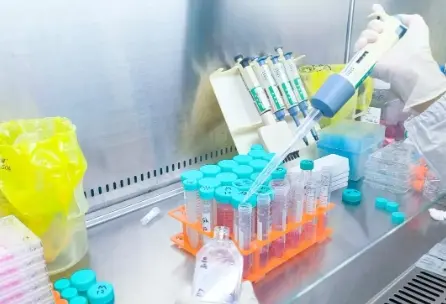 What to Do If Cytotoxicity Test Results Are Positi
What to Do If Cytotoxicity Test Results Are Positi
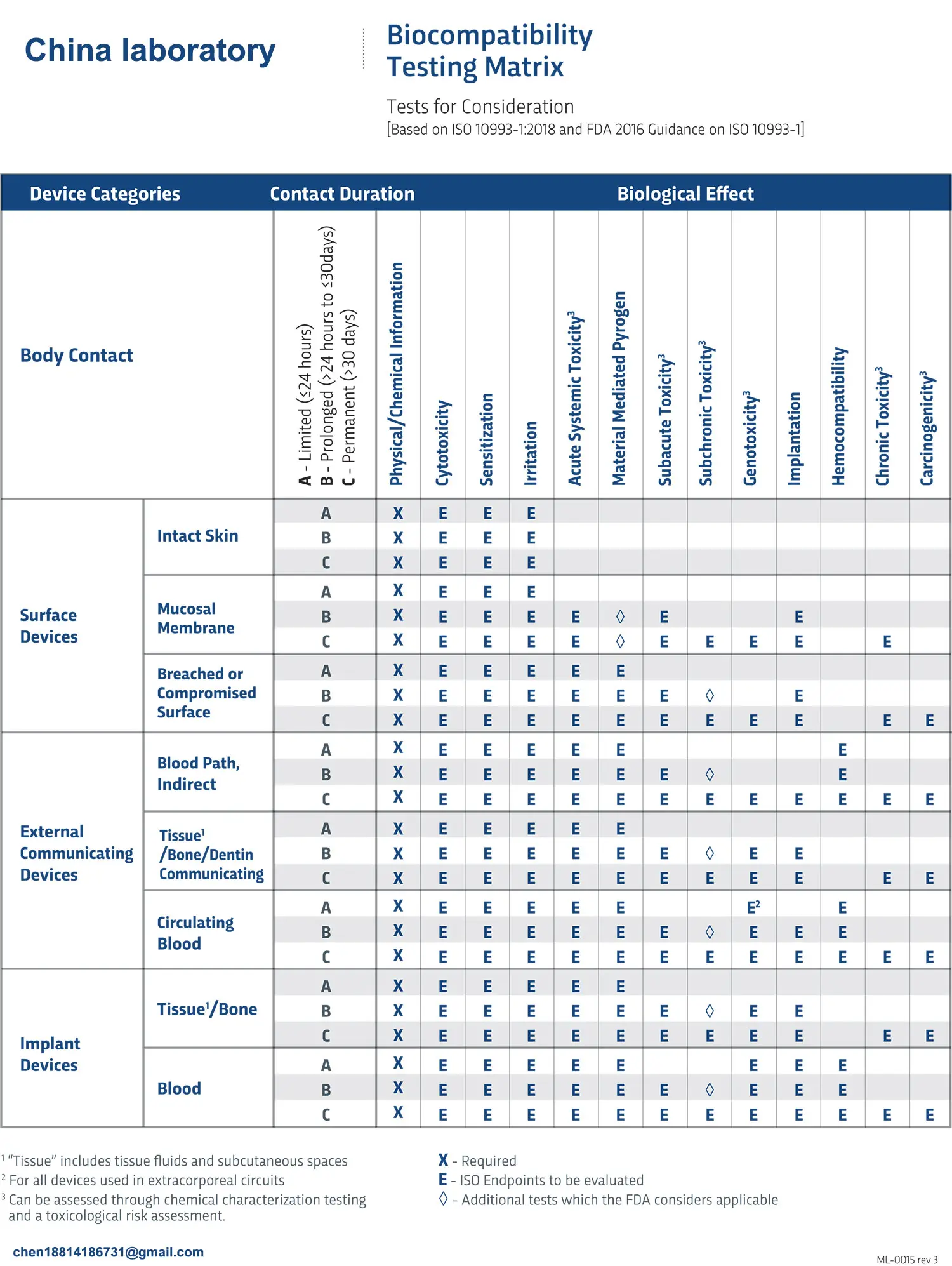 ISO 10993:5 Cytotoxicity Testing Methods
ISO 10993:5 Cytotoxicity Testing Methods
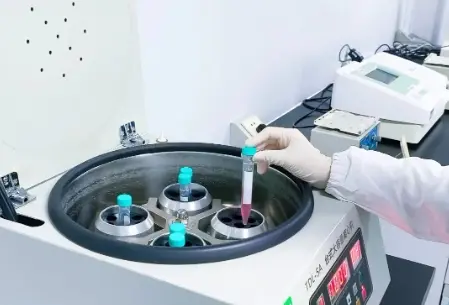 FDA ISO 10993-1 Biocompatibility Evaluation Guidel
FDA ISO 10993-1 Biocompatibility Evaluation Guidel
 In Vitro Cytotoxicity Testing for Medical Devices
In Vitro Cytotoxicity Testing for Medical Devices
Leave us a message
24-hour online customer service at any time to respond, so that you worry!




